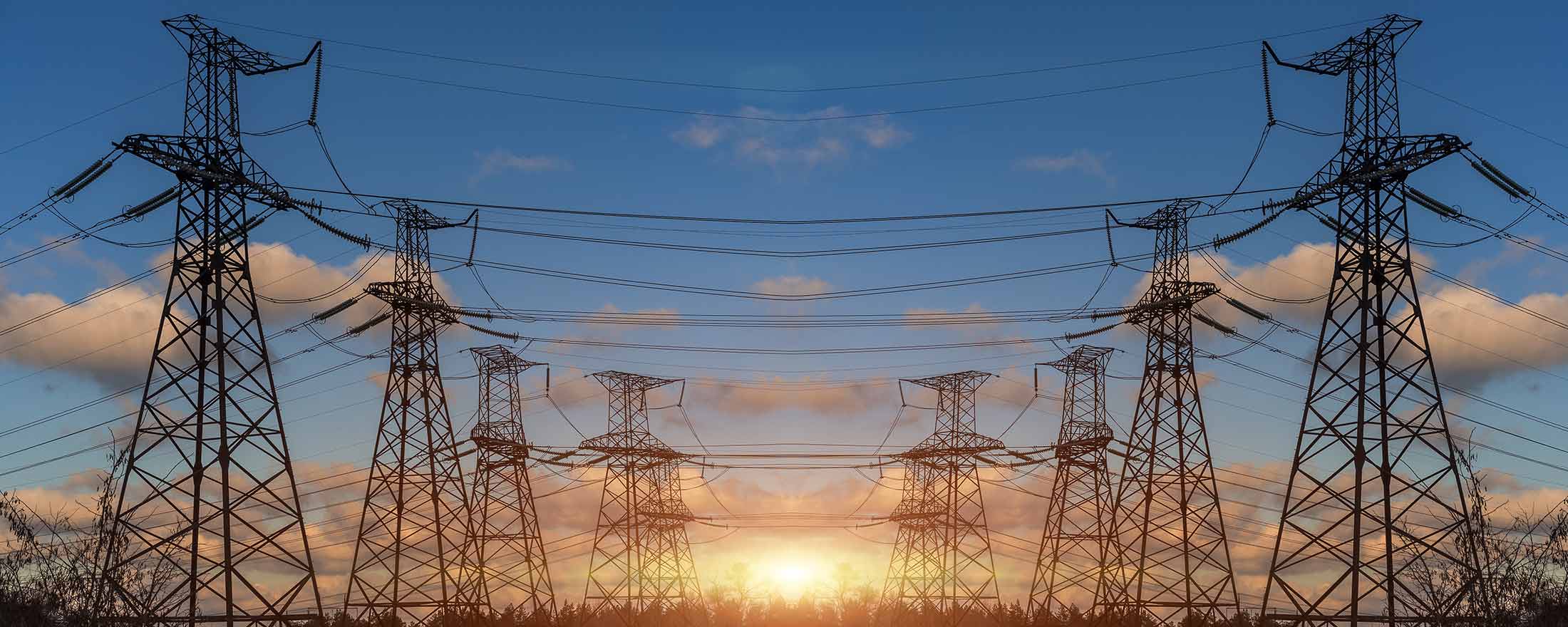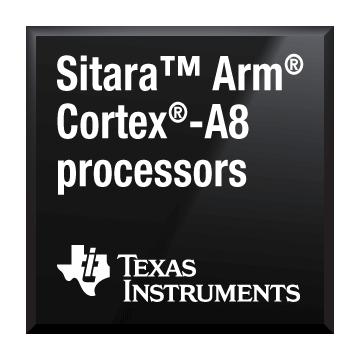SSZT266 august 2020 AM3352

A trend in the rapid growth of smart grids is enabling more intelligent functions in residential equipment, such as smart electricity meters and data concentrators. A smart grid requires a multi-communication approach to analyze grid status, detect problems and report issues.
A data concentrator acts as an aggregator of endpoint consumption data in a smart grid network, and thus plays a very important role. But the increasing number of endpoints and exchange of massive amounts of data present new challenges when implementing data concentrators in terms of performance and interfaces. When choosing a processor for your data concentrator, you must consider its ability to support a variety of communication interfaces and deliver reliable and accurate data processing.
Multi-interface support for grid communications
A data concentrator typically requires a powerful Arm® processor with a number of peripherals that can communicate with various kinds of endpoint equipment such as electricity, gas and water meters – any type of monitoring device residing within the grid infrastructure.
All of these communication protocols may become important features for your current or next-generation design, which can result in more strain on the processors’ peripherals, as well as the software operating system (OS), especially when wireless communications such as Bluetooth Low Energy may require stack porting on the target running operation system. A mature and well-supported software OS such as Linux® is extremely important to ensure the porting of Bluetooth Low Energy or other required stacks easily.
The Sitara™ AM3352 processor, shown in Figure 1, has six UARTs, two Ethernet ports and three Serial Peripheral Interface [SPI] ports. The device uses mainline Linux and has broad community support for software development, making it a good fit when developing a scalable platform to meet various interface requirements for a data concentrator.
 Figure 1 Sitara Arm Cortex®-A8 processor
Figure 1 Sitara Arm Cortex®-A8 processorIncreased grid monitoring efficiency
Obtaining a timely status update requires faster communication when monitoring a grid network. The need for increased sampling speeds and accuracy increases the volume of data coming from the endpoints, which in turn requires higher data-processing capabilities.
The Sitara AM3352 processor addresses these performance challenges with its high-performance Cortex-A8 core, frequency up to 1 GHz. Compared to Arm9™ devices, which previously dominated the market, an Arm Cortex-A8 device’s performance is almost double in terms of Dhrystone million instructions per second at the same frequency level. The AM3352, with industrial temperature range support, can act as a reliable and scalable platform to meet different levels of data processing required by the same hardware design, because the device can provide variants for different central processing unit frequencies at 300, 600, 800 and 1000 MHz within the same package.
Security and safety features to protect grid devices
Like most Sitara processors, security features in the AM3352 can ensure that your data concentrator maintains secure communication in the grid network. For example, crypto hardware accelerators for Advanced Encryption Standard, secure hash algorithm and random number generator provide an effective way to implement secure schemes. Besides crypto hardware, the AM3352 also supports premium secure boot to protect your software and system from being hacked. All of these security features provide a reliable way to help protect grid devices.
Conclusion
The Sitara AM3352 processor can provide a reliable platform with scalability to cover different performance requirements, as well as security features and abundant peripherals to support multiple RS-485, Ethernet, Bluetooth Low Energy and other communication protocols (including SPI and Controller Area Network) for your data concentrator processor platform.
Accordingly, The Linux software development kit (SDK) provides the associated pre-built images for the board to boot it up, so that customers can directly test the performance and peripheral function on the EVM.
Additional resources:
- Develop with the low-cost BeagleBone Black evaluation module.
- Start your design using the AM335x Starter Kit.
- Download the white paper: Data concentrators - The core of energy and data management